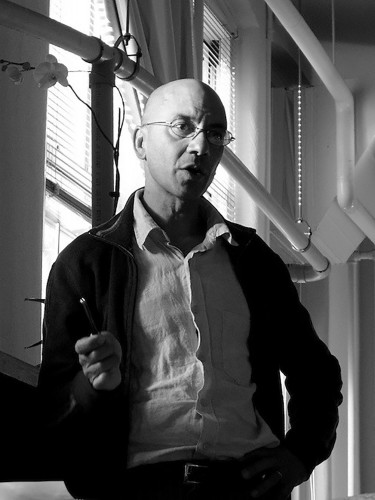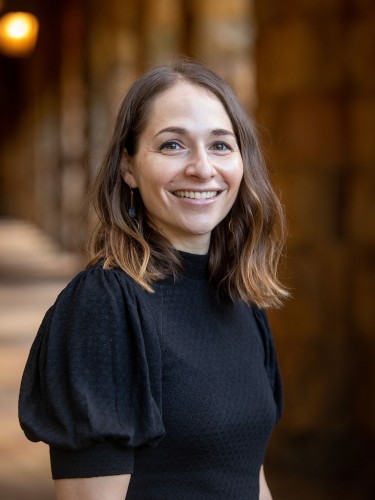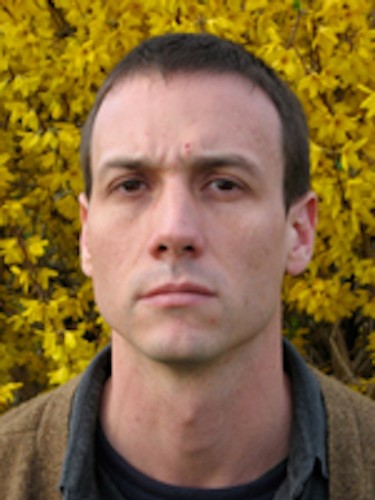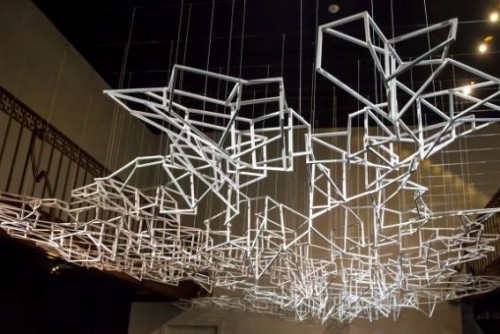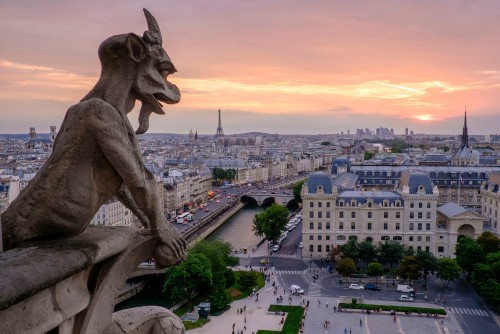The Art program guides students through transformative creative development, fostering self-discovery and artistic identity during a pivotal stage of life. We provide a supportive environment where students explore how their creative practice connects personal growth to broader cultural meaning-making.
Why study Art at Sewanee?
At Sewanee you will develop as a skilled, critically engaged artist through comprehensive study in drawing, painting, photography, sculpture, and video. Study in our progressive curriculum that integrates technical mastery with deep knowledge of materials, visual culture, and contemporary theory, empowering you to create a cohesive body of work that unites form with content and engages meaningfully with the world around you.
We cultivate thoughtful artist-citizens who communicate effectively, think critically, and contribute to society through creative stewardship. Our graduates emerge prepared to sustain meaningful artistic practices, participate in cultural dialogue, and enrich communities through visual art.
First Destinations: Art Majors
Sewanee graduates secure positions in a variety of fields. Some you would expect, others are a bit of a surprise. Sewanee prepares you for your profession and your passion. Below is a sampling of recent graduates' first jobs.
- Project Manager and Designer at Metalab Studios, Houston, TX
- Intern/Research and Editorial Assistant, Photograph Conversation Department, National Gallery of Art, Washington, DC.
- Co-founder/Designer at Ninox apparel company, Boulder, CO
- Assistant Professor of Photography, Department of Art, Clemson University, SC
- Residency Director at the Wassaic Artist Residency
- Founder and Director of Stove Works
- Youth Program Coordinator, Peabody Essen Museum, Boston, MA
- Founder and Director of Torus Collective, NYC
- Gallery Director, Marylhurst University, Portland, OR
- Chief Arts Coordinator, Deny Park Fine Art, Seattle, WA
- Co-founder, Red Swan Walls, Baltimore, MD
GRADUATE SCHOOL & PRE-PROFESSIONAL PROGRAMS: ART MAJORS
Our Alumni have attended nationally recognized graduate programs including:
- Bailey Stevens, MA in Architecture, Rice University
- George Meng, MFA, Rochester Institute of Technology
- Lars Mattingly, MFA, Virginia Commonwealth University
- Phoebe Agnès Mills, MFA, The University of Georgia
- Natalie Baxter, MFA University of Kentucky
- Angela Berry, Dual MFA and MA at California College of the Arts
- Charlotte Caldwell, MA New York University
- Grant Davidson, MFA San Francisco Art Institute
- Nicki Davis, MFA University of Cincinnati
- Andrew Doak, MFA Cranbook Academy of Art
- Lindsay Jesse, MFA California College of Art
- Andrew Lyman, MFA Boston University
- Lexi Namer, MFA University of North Carolina
- Lizzie McCleskey, MA, Harvard
- Caroline Minchew, MFA Virginia Commonwealth University
- Becca Campbell Watkins, MA American Univesity
- Brook Vann, MFA Virginia Commonwealth University
- Megan Vlaholplus, MFA Savannah College of Art and Design
FELLOWSHIP IN THE ARTS
Students with exceptional promise in performing or studio arts can apply for a Fellowship in the Arts. These fellowships range in value and are renewable for four years.
